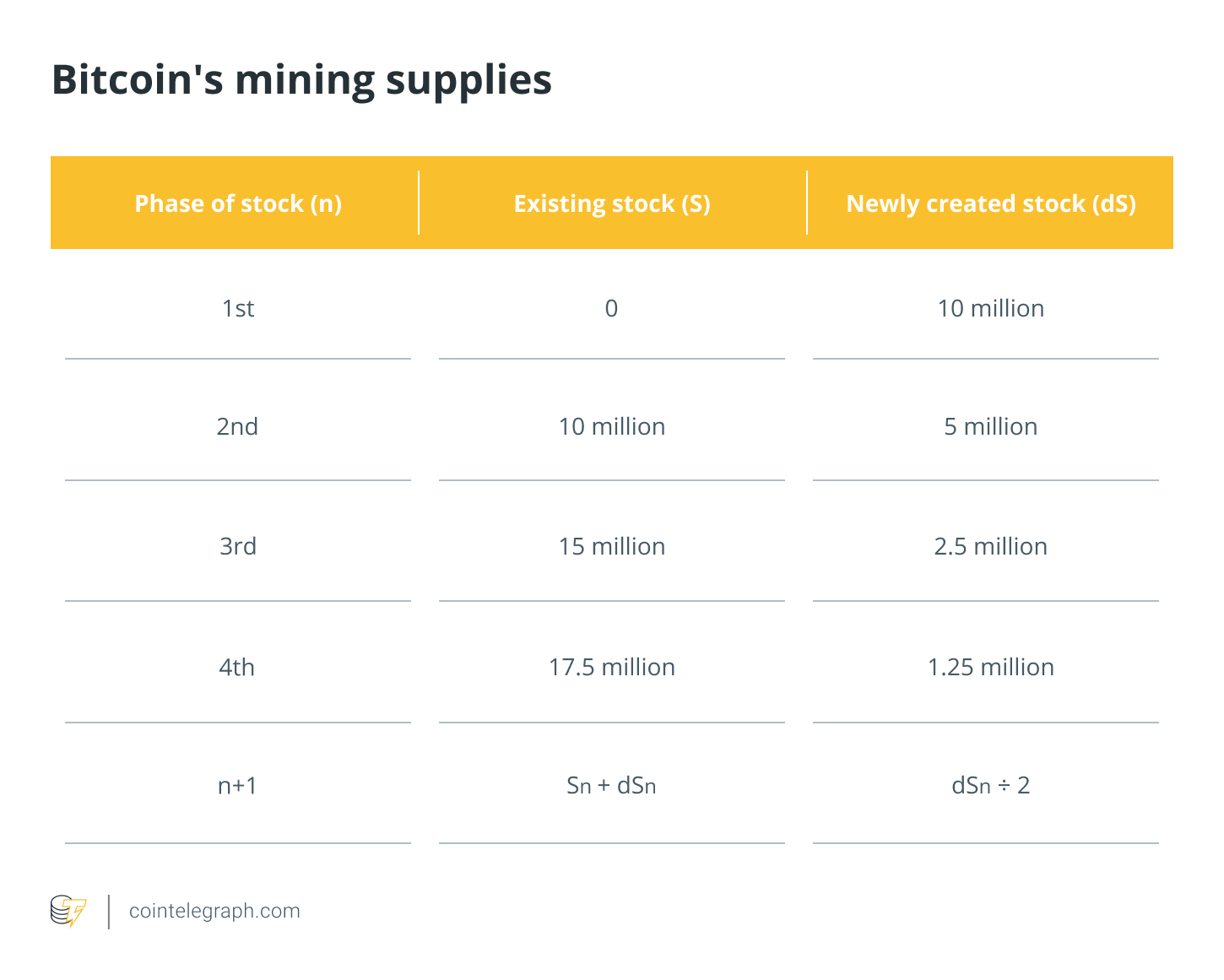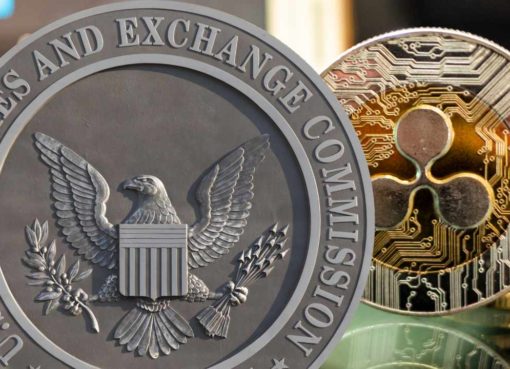For the past few months, the blockchain community has been abuzz about the Bitcoin (BTC) halving happening in May. With the backdrop of the ongoing coronavirus pandemic, Bitcoin has been performing extremely well, especially in comparison with commodities such as oil or gold that have traditionally been depended upon as a safe hedge against market volatility. Part of the conversation driving the price of Bitcoin upward is “the halving.”
With two weeks left until the halving, what exactly is it, and why should investors pay attention to its existence? If what they say is true — with some predicting that Bitcoin will hit $30,000 by year-end due to the halving — is this the time for investors to enter the market? Before we analyze the halving and what it means for the market, Two Prime’s investment thesis here is that “the halving will drive the coming rally”: 50% upward, 30% sideways and 20% downward. This view is heretical.
Bitcoin’s halving refers to the halving of the payouts to Bitcoin miners when they mine a block. In finance, we talk about stock and flow. If we use the analogy of a bath, the stock is the amount of water existing in the bath, and the flow is the amount of water flowing into the tub. The halving would mean halving the flow of water into the bath. This means two things: First, it represents a deceleration of the rate at which new Bitcoin is added to the stock; and second, because Bitcoin has no endogenous cash flows, it is not subject to discounted cash flow analysis.
The price of Bitcoin is almost entirely psychologically driven, with some hard cost constraints such as labor, hardware and energy on the miners’ side. It is purely supply and demand that sets its price. Halving is a supply-side constraint, where we’re having the rate at which new Bitcoin will be introduced to the market and reducing the faucet flow in half. The market is very bullish on the halving. Historically, other halvings have led to rallies in Bitcoin, so it’s logical to think this way. Why would this time be any different?
Halving doubles the cost per Bitcoin: half the reward for the same cost to miners. In essence, miners are sitting on operations for which the cost per Bitcoin essentially doubles overnight. Unless prices go up, miners’ margins take a huge hit.
This is a problem that is particular to Bitcoin. If it happened to any other industry, those types of margins would put it out of business overnight. We need look no further than OPEC supply and the oil prices of the 1970s to understand how supply-side shocks can wreak havoc in the real world.
Historically, miners have had the most control over Bitcoin’s circulating supply, as they have control of the faucets. Just like OPEC back in the day, the suppliers of Bitcoin have been able to influence its price in the market by controlling the supply and holding Bitcoin until the price is right. To understand the power Bitcoin miners hold on its price, we must look at the ratio of existing supply to new supply through the following: dS divided by S.
The main argument of Bitcoin bulls is that every other halving has led to an increase in price. Per the chart above, miners need to cover both their doubling costs and their fixed costs. As a result, they will hold and limit new Bitcoin supply until the price is right to cover these costs. This requires treasury, influence and patience. Arguably, miners have all three.
However, if you follow the math, the dS–S ratio started at infinity (10 million divided by zero) and it will end up at zero (almost zero divided by 21 million). This ratio moves toward zero as each halving happens. When the ratio is high, a highly correlated group of miners can dictate the price — just like how OPEC was able to dictate the price of oil in the 1970s. But when the ratio is zero, miners have no power and can no longer dictate the price of Bitcoin. This is akin to Iraq throwing a tantrum over the one barrel of oil it has left when the United States is awash in cheap gas power and nuclear abundance. In other words, what miners want does not matter.
In addition, the price dictated by miners is led by sunk cost, as the Bitcoin has already been mined. If the price of Bitcoin goes below the cost to mine it, the whole system would experience tremendously swift, possibly catastrophic changes.
The theoretical argument here is straightforward: There is an inflection point at which the holding of Bitcoin by miners will not matter at all. The trend of price manipulation by miners should buckle at this point and possibly inverse. We like to call this point of inflection “peak Bitcoin.” The only question is when this will happen.
At this point, it may sound like we’re bearish on Bitcoin, but that is in fact untrue. We’re bullish, although a bit cynical, and this is why:
There is still a lack of understanding from the general population on how this all works. A naive green mixed with financial illiteracy still runs the crypto markets. Also, most Bitcoin maximalists are lemmings with almost no regard to the technicals and limitations behind the asset.
As we know, the price of Bitcoin is almost purely psychological. The momentum of the crowd still continues to drive the price upward, and there’s no point in fighting against it. But at some point, the influence of the halving will disappear. And at that point, we will be left with nothing but a supply-side cost shock. And unlike oil, which is fundamental to the functioning of modern society, Bitcoin is not.
So, what’s to be done? Investors must hedge by looking for other types of crypto assets that are uncorrelated to the price of Bitcoin. There are hybrid stablecoins that are emerging. These hybrid stablecoins are able to hold steady in price without being pegged — and influenced — by fiat currencies, and some may even have incrementally accretive value.
So far, Bitcoin has provided a safe harbor for crypto and represents about 65% of the overall crypto valuation. However, Bitcoin’s dominance may also cause catastrophic damage if the price moves downward. There is an urgency in finding some alternatives to Bitcoin. Should we see the price move sideways at a halving, that should be the canary in the coal mine (pun intended), and few miners will survive its operations. At that “peak Bitcoin” point, we will have three years to find alternatives before the entire cryptocurrency market implodes. Crypto will need to find a way to survive without so much dependency on Bitcoin.
The views, thoughts and opinions expressed here are the author’s alone and do not necessarily reflect or represent the views and opinions of Cryptox.
Dr. Marc Fleury, Ph.D., is the CEO and co-founder of Two Prime, a financial technology company that focuses on the financial application of crypto to the real economy. Building upon his financial expertise, spanning from his role advising private equity firms to his academic pursuits in modern monetary theory and banking theory, he provides the strategic direction for core vision investment strategy and partnerships for the firm.




